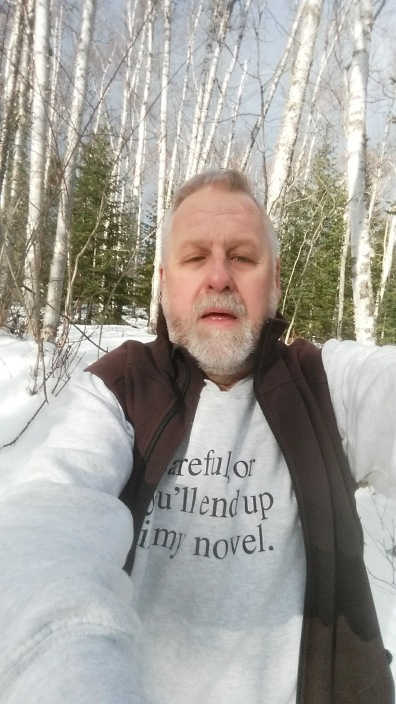One of my interests is single malt Scotch whisky. The Irish, or we Americans, would like to spell it as “whiskey,” so best to simply call it Scotch. I’m a fan and a bit of a student, but far from a connoisseur. I’ve tried probably forty to fifty single malts, and I’ve like almost all of them. The truly interesting thing about sampling different malts is the wide variety of sensations provided by the various distillers and brands.
The first, most obvious characteristics are visual — the color and clarity of the beverage in the tasting glass. The experts point to three characteristics to look for when tasting: the nose (aroma), the palate (basically taste), and the finish (how long it lingers and the degree to which it changes in the mouth and throat after sipping). Malts from Islay almost all have a smoky nose, a rich, peaty palate, and a strong finish. There is much more variety in the Highland and Speyside malts, but to my taste buds the Speysides seem to be generally smoother and lighter, and less interesting.
Here is a look at my current selections. You can see that, with a paltry selection of only three choices, I am a piker in this field. But, what I want to talk about today is a new marketing trend illustrated by the three bottles shown below.

In the center is Clynelish 14 year, distilled and sold by the Clynelish distillery of Brora, Sutherland. It’s called a “Coastal Highland” malt due to its location near the sea. I like its smooth, rich taste, but what I want to focus on here is the traditional identification of the malt as “aged 14 years.” This means the malt comes from barrels that were stored in the warehouse for no less than 14 years before bottling. Until recently, virtually all Scotch was identified by its age. The generally accepted rule is, the older the whisky the better. That wisdom is certainly reflected in prices, and it needs to be since longer aging delays the actual moment of payment to the distiller, and also increases losses due to evaporation (the angels’ share). But not everyone agrees with the sentiment.
The other two bottles are examples of a recent trend, the so-called “non-age-statement” malts. In these malts, whisky from any of the stored barrels may be mixed together, regardless of age, just so long as they have been aged for at least three years to meet the legal definition of “Scotch whisky.” The master distiller mixes the malt from barrels selected to provide specific, desired characteristics for a given brand. Traditionalists dislike this approach, because they don’t know how old the whisky is — they don’t have all the information they’d like. But I think they should just get over it. Many of the non-age-statement malts are excellent!
On the right is Highland Park Dark Origins, distilled and sold by the Highland Park distillery in Kirkwall, Orkney, the northernmost Scotch distillery in the world. This malt is supposedly intended to replicate the characteristics of the original whisky sold by Highland Park in 1798, but who on earth would be able to verify that? This brand uses more malt aged in sherry casks (from Portugal) than the other Highland Park offerings, which are primarily aged in American bourbon casks. What I do know for a fact is that Dark Origins is really good! (OK, it’s only my opinion, but in my world it’s a fact.)
I first tasted Dark Origins while on a summer tour of Scotland. I was at a pub in Dornoch, where I asked for a glass of Highland Park 18-year, one of my most favorites. The barman told me they didn’t have any, but asked if I’d like to try the Dark Origins instead. I did, and it was love at first sip. Later during the same trip, I toured the Highland Park distillery .

As part of the excellent tour, I had the opportunity to sample seven different brands ranging in age from 12 years to an astounding 46 years. Here is the tour guide gesturing toward the 46-year malt, in a special display barrel. He didn’t tell us that it was 46 years old, but rather asked us to guess. Nobody guessed correctly.

In all, we tasted malts aged for something like 12, 15, 18, 20, 25, 30, and the aforementioned 46 years. The fascinating thing was that the drams got better with age only up to 20 years. The 25-year was about the same as the 20, and the 30 and 46-year versions actually declined. (NOTE: That’s only my opinion, of course.) So, although the price one would pay for the 25 to 46 year versions grew astronomically, the enjoyment actually went down. (Of course, it’s possible my taste buds had just been overwhelmed by then, but I don’t think so.)
I asked the guide about Dark Origins, and he was not too enthusiastic about the new marketing trend. He agreed that the brand delivers a consistent, targeted set of characteristics, ensured by the skill of the master distiller, but as a traditionalist he would prefer an age statement. I don’t see how that would work, though, since every batch might have a different minimum age, making it nearly impossible to label and sell. At any rate, he agreed wholeheartedly that, as with beholders of beauty, the only important measure of a whisky comes from the person who is drinking it.
Back to my original photo (finally), at left is the Smokehead brand, from the Ian Macleod distillery near Edinburgh. The Smokehead brand is labelled as an Islay malt, even though it’s sold by a Highland distiller and other Macleod brands are Highland malts. It definitely has all the expected Islay characteristics, though, and stands up very well to the best Islay brands I’ve tried.
So, to sum up all this blather, I say don’t worry if you don’t know how old your Scotch is. If you see something that looks interesting, try it. If you like it, buy it. Simple as that.


















